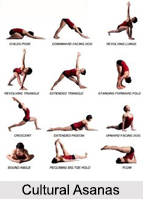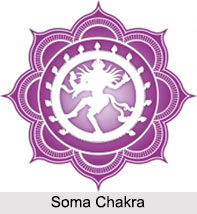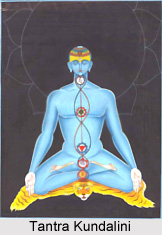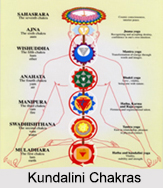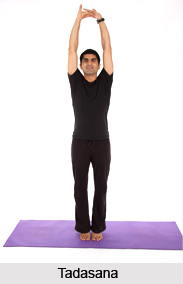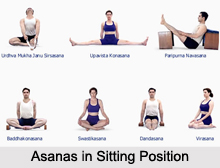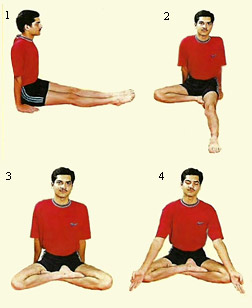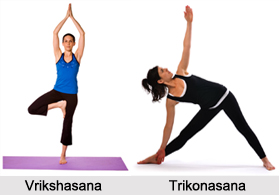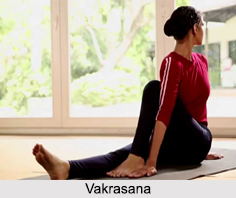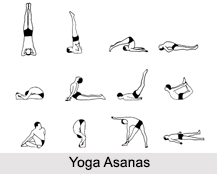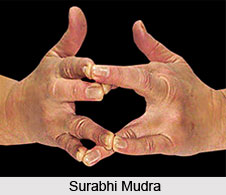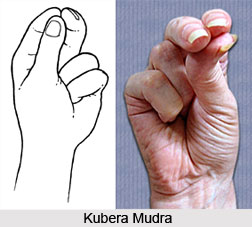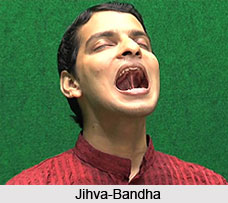 Jihva Bandha, one of the cultural asanas, is also called the "tongue lock" asana. In Sanskrit, "Jihva" means the tongue and "Bandha" means a lock. This Bandha is secured by tightly pressing the upper surface of the tongue against the hard and soft palates forming the roof of the mouth. The borders of the tongue are accommodated inside the encircling teeth of the upper jaw. Jihva Bandha has many effects that transmit direct and indirect benefits into the meditation practice. It creates more space in the back of the nasal cavity allowing for greater circulation through the lungs. The reason that interlocking energy is so important in yoga is that it allows for immense focus, energy cycles more efficiently and pathways open to create increased control, concentration, focus, and ultimately room to breath.
Jihva Bandha, one of the cultural asanas, is also called the "tongue lock" asana. In Sanskrit, "Jihva" means the tongue and "Bandha" means a lock. This Bandha is secured by tightly pressing the upper surface of the tongue against the hard and soft palates forming the roof of the mouth. The borders of the tongue are accommodated inside the encircling teeth of the upper jaw. Jihva Bandha has many effects that transmit direct and indirect benefits into the meditation practice. It creates more space in the back of the nasal cavity allowing for greater circulation through the lungs. The reason that interlocking energy is so important in yoga is that it allows for immense focus, energy cycles more efficiently and pathways open to create increased control, concentration, focus, and ultimately room to breath.
Technique of Jihva Bandha:
•Sit in any comfortable position, crossed legged or Padmasana.
•Hands in comfortable position.
•Press the tip of the tongue against the upper palate i.e. the inner side of the roots of the upper front teeth.
•With the tongue still sticking to the roots of the upper teeth, open the mouth completely.
•Feel a good stretch at the facial and throat region.
•Eyes can be kept gently closed.
•Breathe through nostrils only.
•Repeat 4-5 times.
•Thereafter release of tongue lock and close the mouth.
This exercises the tongue, a muscle that is very active and useful in human lives and the lives of most mammals. The bandha can be taken with the mouth closed or open, but keeping your mouth closed is a bit easier during the asana practice. This can be practised separately or as an element of Viparita Karani.
Jihva-Bandha can also be practiced alternately with the Simha-Mudra that fetches great advantage. When so practised, the movements of the tongue should be rapid, although the fastening of the tongue and letting it out should be done securely and thoroughly. The cultural and therapeutic advantages can best be obtained from Jihva-Bandha when it is made to alternate with Simha-Mudra.
Effects of Jihva-Bandha
•Practising Jihva Bandha makes the muscles of the neck get the appropriate exercise and the blood circulation therein is improved.
•Cervical nerves and ganglia are rendered healthier.
•While Jihva Bandha the pharynx and the larynx are exercised and their health is also promoted.
•The thyroid gland is rendered healthier.
•The salivary glands function more satisfactorily.
•This asana also removes congestion in the pharynx and tonsillitis of certain types is checked.
•Deafness due to the thickening of the drum of the ear is also relieved through Jihva Bandha.
•This pose is again known to be very helpful in toning the throat and the facial muscles.
•It also shapes the jaw line and reduces the double chin effect.
•This bandha regulates blood pressure.
•Heaviness of tongue is eliminated.
•This bandha also helps to minimize stammering.
Complications: Pain in jaws, painful swelling or irritation in the throat region.

